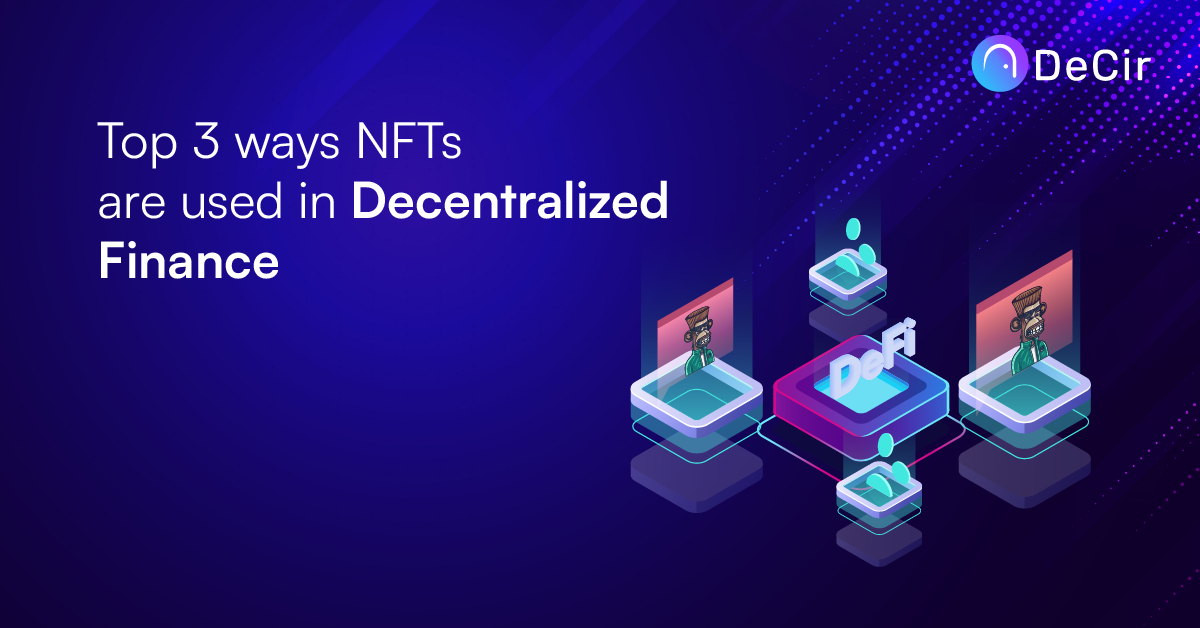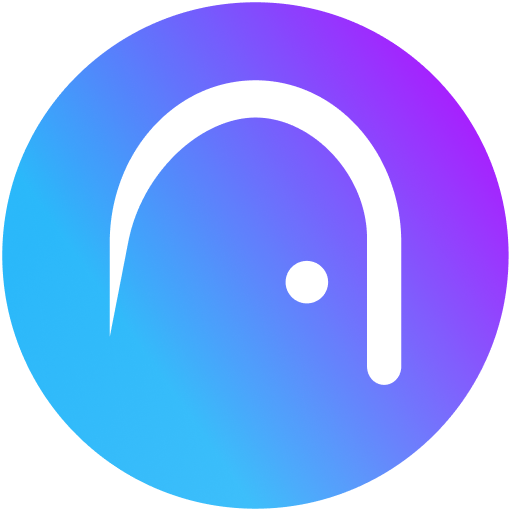Our primary conception of NFTs revolves around digital representations of art and physical assets. This notion is gradually changing. Today, it is now possible to obtain decentralized financial services through NFTs.
TL;DR
- The introduction of NFTs to decentralized finance has changed our conception of what NFTs represent and how they could be used.
- NFTs could be used to obtain collateralized loans on dedicated platforms
- They could also be used as a staking tool. Projects could also use NFT as a governance tool.
NFTs as Loan Collateral
The foremost attribute of NFTs lies in their ability to permanently represent valuables on the blockchain. As a result, NFTs have financial values attached to them. It is a known phenomenon that popular collections such as BAYC and Cryptopunk have high valuations among other NFTs.
This class of valuable NFTs can now be used to obtain DeFi loans on dedicated NFT platforms. It is possible for collectors to get flash loans and long-term loans with their NFTs. For this to happen, a collector who wishes to obtain a loan would have to deposit their NFT in a smart contract.
They will only get their NFT when such loans are repaid. In the case of a default, the NFT is automatically transferred to the lenders. Sudoswap is one such platform that facilitates NFT as a DeFi tool.
NFTs as Staking Tool
Crypto earning is no longer confined to project tokens and coins. It is now possible for collectors to earn passive income with their NFTs. NFT staking is at the other end of the collateralization spectrum.
Collectors can deposit their NFTs in staking pools on dedicated platforms. In return, they earn staking rewards. Such NFTs are then lent out to borrowers, who pay interest on their borrowings. Collectors are then given a percentage of the interest earned from the lending process.
NFT staking could be a vital source of passive income for NFT collectors. This is without saying that NFT staking is not as popular as coin and token staking.
Also read: How NFTs are used in the music industry
NFT as a Community Governance Tool
Web3’s governance model is frequently regarded as decentralized and flat. Oftentimes, all members have the same rights, and there are no hierarchical structures in place. Also, voting power is usually determined by the total number of tokens that individual members own.
The flaw of this model is that, more often than not, members with the most tokens could often rally to push forward a certain cause at the expense of those with fewer tokens.
NFT offers a better alternative to this prevalent token model. With NFT, projects can issue “soulbound” tokens, which grant all community members permanent access to the community. Additionally, all members can now have equal access and power. Thus, community decision-making processes can become more equitable with NFT.
Conclusion
The introduction of NFT to decentralized finance is still in its infancy. Nevertheless, it is a testament to how valuable they will become in the years to come. NFTs will increasingly become a tool in DAO governance and financial services.


